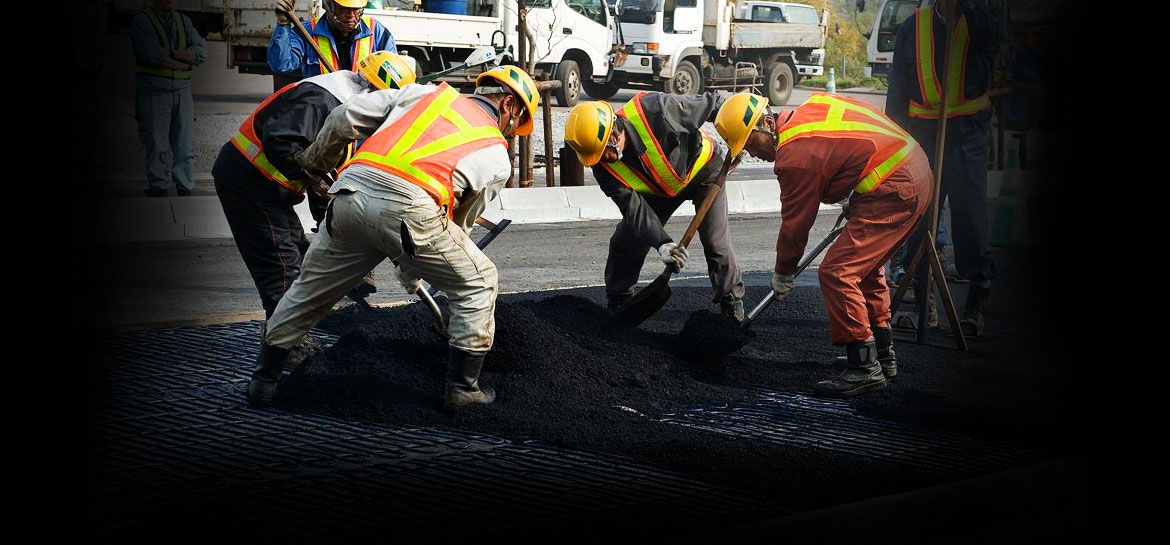Objective:
- To assert consistency of bituminous material
- To evaluate aptness of bitumen for its usage under varying climatic conditions and construction types
Apparatus:
- Container: A metallic dish of cylindrical shape with a flat base and diameter of 55m and depth of 35mm. In case the penetration is of order 225 or more, dish of 70mm and of 45mm is needed
- Needle: straight and sharp, cylindrical in shape
- Water Bath: Water bath temperature maintained at 25° ± 0.1 °C, having not lesser than 10 liters of water, the specimen being saturated to a deepness not lesser than 100 mm from top& held up on perforated shelf not smaller than 50 mm from the base of the bath.
- Penetration Apparatus: Has to be such that it lets the needle to go through without much resistance and is precisely calibrated to deliver outcome in one tenth of a millimeter.
- Thermometer: Range 0- 44 °C and in readable up to 0.20 C.
- Time measuring device: With the preciseness of l second.
Theory
Penetration value is a assessment of hardness or constancy of the bituminous substances. It is the perpendicular distance navigated or penetrated with the help of a standard needle into the bituminous material under particular state of load, time and temperature. This distance is calculated in one tenths of a millimeter. This test is utilized for assessing consistency of bitumen. It is not viewed as appropriate for use regarding the testing of street tar in light of the high surface strain showed by these materials.
Procedure
(i) Preparation of test sample: we have to make the material softer to a pouring consistency at temperature not exceeding 60°C for tars and not exceeding 90°C for bitumen on top of the estimated softening point and blend it meticulously until it is very consistent and is without air bubbles and water. Pour the melt mixture into the vessel to a depth minimum of
10mm in surplus of the predictable penetration. Shelter the sample from dirt and let it cool in an ambiance at warmth between 15° to 30° C for minimum one hour. Then keep it next with the transfer dish in the water bath at 25° ± 0.1 °C.
(ii) Fill up the transfer dish with water from the water bath to deepness adequate to cover up the vessel totally, put the specimen in it and put it on the stand of penetration apparatus.
(iii) Disinfect the needle by rubbing it with benzene, let it dry and load with the mass. The complete moving load needed is 100 ± 0.25 gms, incorporating the mass of the needle, carrier and super-imposed weights as well.
(iv) Regulate the needle to keep it in touch with the base of the sample. This can be carried out by insertion of the needlepoint in contact with its image reproduced by the base of the bituminous substance.
(i) We have to make such arrangement that the pointer of the dial reads zero or mark the initial dial reading.
(ii) Discharge the needle for exactly five seconds.
(vi) Alter the penetration machine to calculate the distance penetrated.
(vii)Carry minimum of 3 readings at points on the baseof the sample minimum 10 mm apart and should not be lesser than l0mm as of the side of the dish. After all tests place back the specimen and move the dish to the water bath and clean the needle properly with benzene and let it dry. If the material of penetration is larger than 225, three determinations on each of the two indistinguishable test samples with usage of a new needle for each determination has to be done, parting the needle in the specimen on finishing of each determination to steer clear of disorder of the specimen.
Precaution
(i) There should not be any kind of movement of the vessel when needle penetrates into the specimen.
(ii) The specimen should not have proportions of any kind of extraneous substances.
(iii)The needle has to be thoroughly cleaned with benzene and dried prior of the penetration.
Observation
Real test temperature= °C
| Penetration dial reading | Test 1 | Test 2 | Test 3 |
| (a) Initial | |||
| (b) Final | |||
| Penetration Value |
Mean
Result: Mean Penetration Value=
Recommended Value:
Penetration test is a frequently adopted test on bitumen to classify the substance in relation to hardness. An 80/100 mark bitumen shows that its penetration value is ranged between 80 & 100. Ranking of bitumen contributes in assessment of its aptness in diverse climatic situation and varieties of construction. For bituminous macadam and penetration macadam, IRC recommends bitumen grades 30/40, 60/70, 80/100. In hotter regions, lower penetration grades are suggested to keep away from softening meanwhile higher penetration grades like 180/200 are strongly recommended in colder areas to avoid the incidence of extreme fragility.

